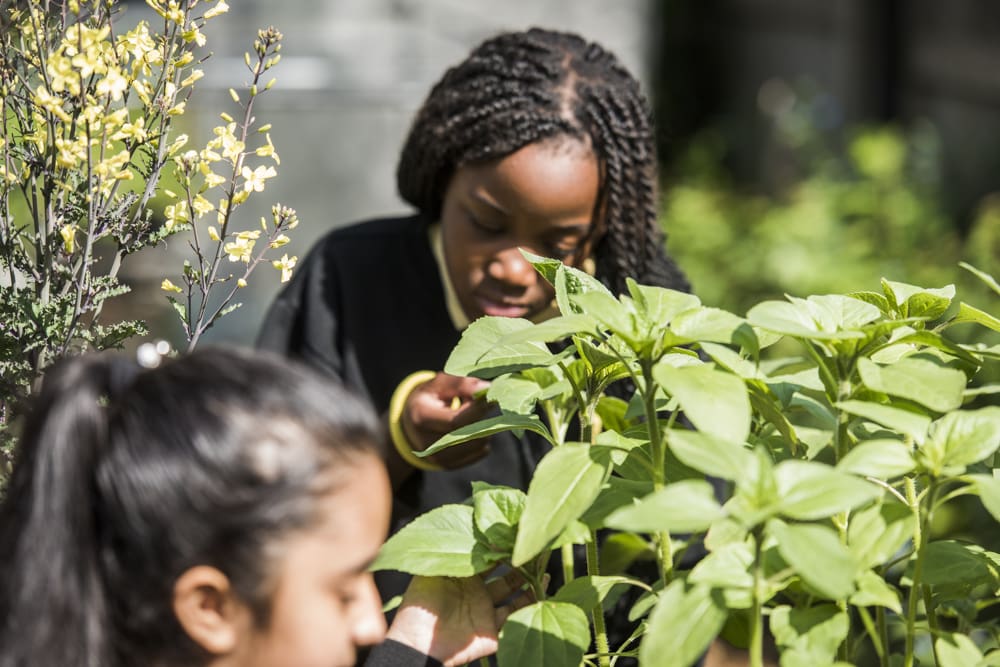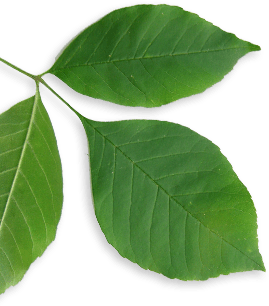

Texture walk: how place feels

The simple act of taking a walk—a walk with a curricular focus or purpose—can have wonderful educational impacts. This series of imagination and inquiry-focused walks is designed to alert children to different aspects of the local natural world, as well as challenging teachers to re-imagine how they teach.
Step 1
For this activity begin in the classroom with a class brainstorm about ways to describe how things feel to the touch—smooth, bumpy, prickly, hot, cold etc. In groups students might be challenged to come up with as many adjectives as they can. Perhaps assign this task ahead of time—kudos to the student who comes up with the most unusual adjective!
Step 2
Once a list has been created you can ask students to head outside to explore. Take your class on a texture walk around the school grounds, local green space or any outside environment. There are textures everywhere!
The challenge
Their challenge is to find something that matches each descriptor. They can record what they find that matches each adjective and maybe even bring back an item to show the class.
Wrap up
Give students an opportunity to share what they found. Encourage them to classify some of the textures. For example, which were pleasing? Surprising? Curious? Unusual? They can identify additional categories.
This lesson is perfect for ages 5-12, with the flexibility to increase to the challenge through the vocabulary list and related tasks. It can contribute to learning objectives in English, science, arts or other subjects, with options to extend the learning through tasks in creative writing, art projects and flora/fauna identification. Find more wonder-full Walking Curriculum lessons in ‘A Walking Curriculum: Evoking Wonder And Developing Sense of Place (K-12)’.
About the author
Gillian Judson teaches in the Faculty of Education at Simon Fraser University in B.C., Canada. She is a director of the Centre For Imagination In Research, Culture And Education (CIRCE), and coordinator of Imaginative Ecological Education (IEE) initiatives. Her research and teaching look at the role of imagination in learning. Connect with Gillian on Twitter or on her blog imaginED: education that inspires all learners.
Get involved
Are you participating in Outdoor Classroom Day? Register your class – or whole school – and share your outdoor adventures on social media using #OutdoorClassroomDay.
Share
Find this resource interesting? Share on social media to get friends and colleagues involved!













